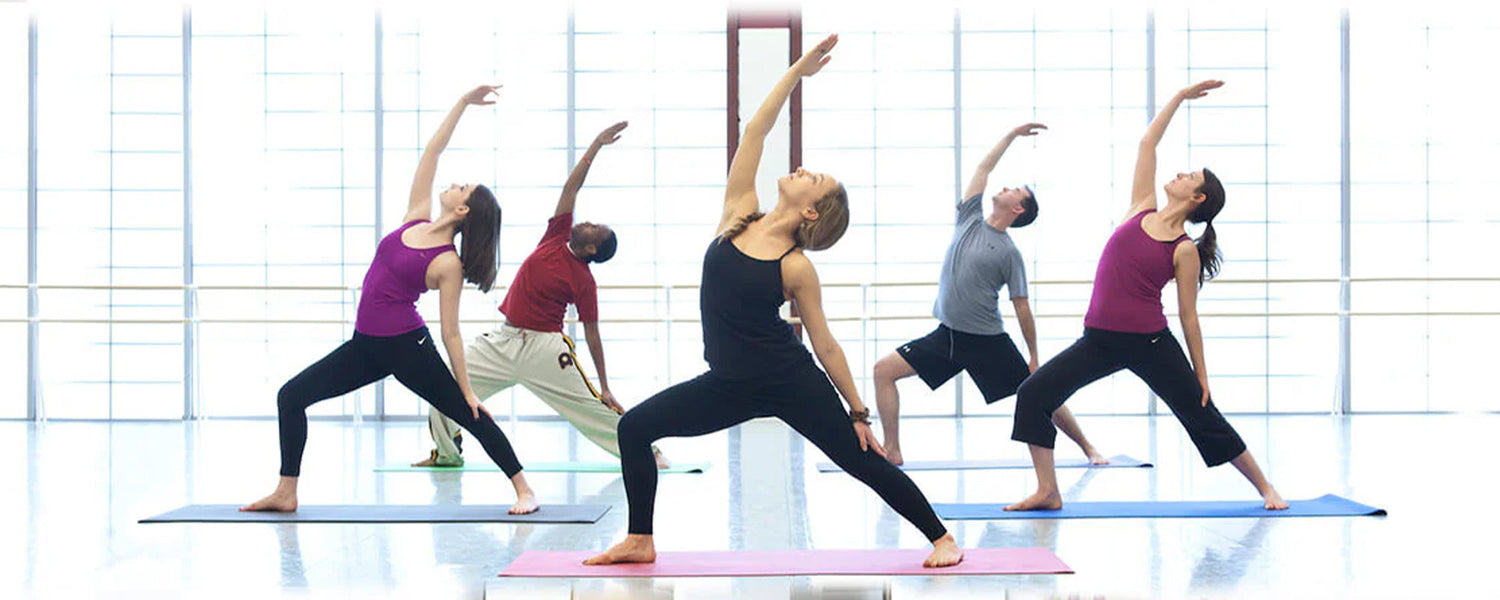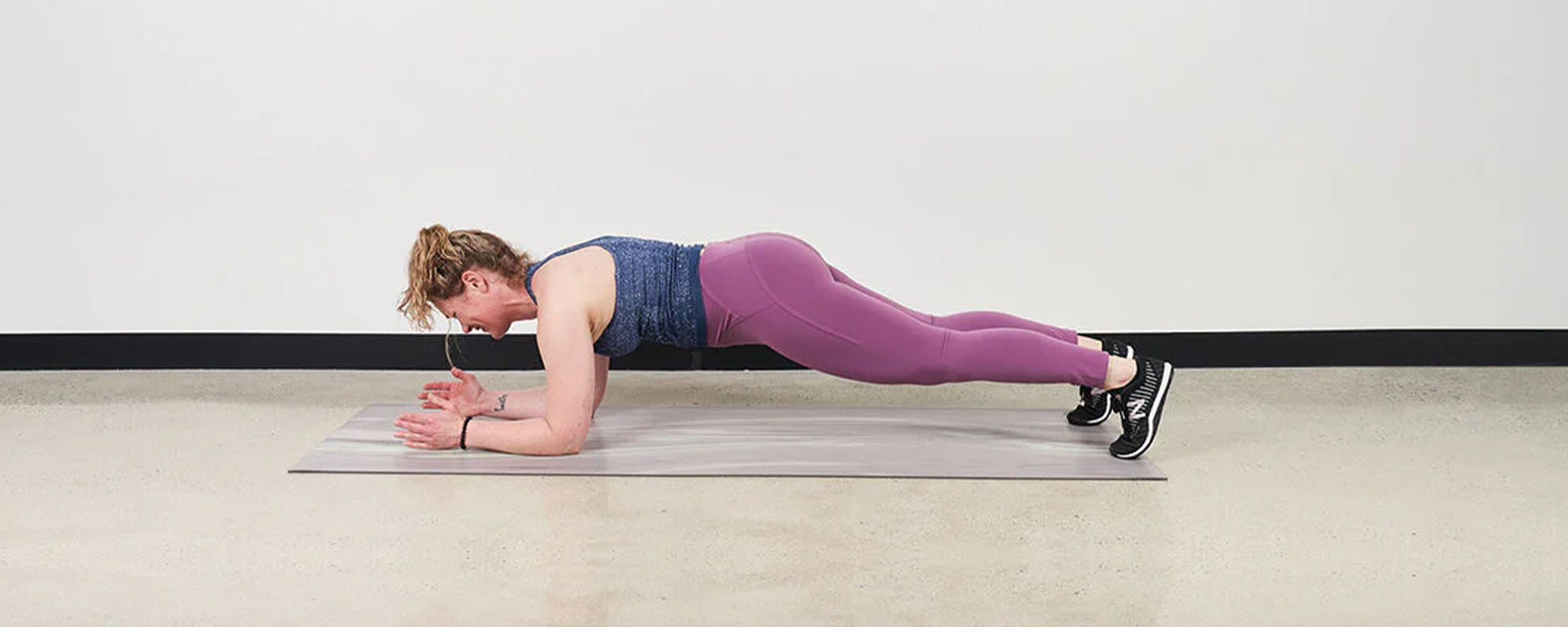Table of content
Brazilian Jiu-Jitsu is a grappling martial art that requires the body to extend normal limits and achieve elite athleticism. BJJ fighters have to work out extensively to condition their bodies and enhance their mobility and flexibility. Body conditioning for BJJ includes a variety of exercises that involve the movement of all muscles and increased stamina.
BJJ rolling is essential to learn BJJ techniques on the mat with your partner so that you can perform well in the competition. No doubt, BJJ rolling increases efficiency to perform on the ground but only rolling is not enough for body conditioning. For getting desired results and achieving invincible skills, BJJ practitioners need to incorporate other body conditioning workouts in their training routines.
For efficient cardiac function and enhanced endurance, BJJ requires training of all body muscles.
1. What Is BJJ Rolling?
BJJ rolling is another term for sparring or drilling on the mat with your fellow in order to get a good grip on techniques.
Rolling prepares the BJJ fighter to get strength, overcome shortcomings and learn the techniques of the sparring partner. Drilling with your partner will also help you to identify and improve those techniques that need more practice and consideration.
2. Body Conditioning for BJJ
Grappling martial arts like BJJ needs intense training and a high level of endurance. Not every athlete who joins BJJ has the ability to perform efficiently. BJJ conditioning is all about preparing the body of an athlete so that he can perform efficiently on the competition ground.
Body conditioning includes physical activities or different exercises which affect the whole body and strengthen all body muscles. It involves those exercises which engage a certain group of muscles to achieve targeted results. These exercises and physical activities also help BJJ fighters to enhance their aerobic and cardiac capabilities.
3. Benefits Of BJJ Rolling For Body Conditioning
BJJ rolling is a workout for a large group of muscles and helps to enhance flexibility and motility. Here we will discuss some of the benefits of BJJ rolling for body conditioning.
- BJJ rolling helps a fighter to execute these techniques efficiently when an opponent is trying to control him.
- BJJ rolling increases flexibility in the body of BJJ practitioners. It helps athletes to improve their physical and mental condition as well as their muscular and cardiac function.
4. Why Is BJJ Rolling Not Enough For Body Conditioning?
BJJ fighters have to condition their body according to the requirements of techniques that they are expected to perform or encounter on the mat. To achieve this purpose, BJJ fighters perform many workouts and exercises. BJJ rolling gives them a chance to overcome their shortcomings and helps them to get trained beyond their body limits. But BJJ rolling is not enough for body conditioning.
Let's have a look at the factors which describe that body conditioning needs something more than just rolling.
4.1. BJJ Rolling Does Not Help To Increase Aerobic Capacity
One of the basic parts of body conditioning for BJJ is increasing the aerobic capacity of the fighter. Aerobic capacity is linked with the energy-producing process. When a person increases his capacity to inhale oxygen, his body produces more energy which is required during the match.
Increased aerobic capacity required high-intensity workouts. These workouts might be running, stairs or mountain climbing, or swimming. Athletes cannot rely on BJJ rolling to enhance their aerobic capacity.
4.2. Insufficient to Enhance Stamina
According to Andrew Wiltse, BJJ rolling is not sufficient for conditioning your body for BJJ fights. If you feel you do not have the stamina while fighting on the mat or you need more workouts for cardiac stability, you cannot rely on just BJJ rolling. You have to save some surplus time for body conditioning workouts.
Andrew Wiltse also shared some exercises in an interview that he does to make his cardiac function efficient, like hill sprints and shin splints.
4.3. Conditioning Involves Triggering Inactive Muscles
Body conditioning involves workouts to trigger the movements of all muscles. During BJJ rolling, most of the muscles are used. But we cannot say that all the muscles are working enough to enhance their normal functioning.
Identify the muscles you are going to use in BJJ training and then do exercises for conditioning the group of those muscles.
5. Body Conditioning Exercises
BJJ body conditioning also involves aerobic workouts which enhance the oxygen-inhaling capacity and energy production in the body which is needed during the match.
Here we will discuss some exercises for body conditioning.
5.1. Yoga
Yoga helps BJJ fighters to be relaxed and calm in stressful fighting situations. Calm and relaxed athletes do not get tired quickly.
Yoga postures are curated to move your body in a high range. And joint motility is the secret to prolonged on-mat performance. Yoga can assist you to condition your body by increasing motility and flexibility. Yoga will help you to escape from injuries by enhancing flexibility and enabling you to pass the guards, maintain balance and overcome your opponent.
5.2. Stretches
Stretch workouts are completely no-equipment workouts that help you to enhance endurance and flexibility. Stretches assist to reduce muscle tension in your body.
Stretching involves exercises that allow the movement of joints in different frames and allows motion in a wide range. Butterfly stretch, leg and torso stretch, and leg cradle stretch are some useful stretching workouts for BJJ body conditioning.
5.3. Running
“The basis of all sports is running.”
Running is a zero-equipment exercise to condition your leg muscles and shape your body. Strong leg muscles can help BJJ fighters to escape from the opponent’s guards and maintain their balance on the mat.
Along with muscular strength, running also helps with weight loss and fast metabolism. A fast metabolism is necessary for athletes for energy generation and utilization.
5.4. Kettlebell Training
Kettlebell training helps BJJ practitioners to condition their bodies by executing movements in different frames. These movements strengthen the body of the athlete and increase the range of movement of different muscles.
Kettlebells are helpful to enhance flexibility, strength, and agility and do not allow a BJJ practitioner to get bulky. Kettlebells are also good for stability, endurance, and toughness.
Furthermore, kettlebell training helps athletes with power bursts. This also helps them to strengthen their muscles, specifically limb muscles. Forelimbs muscles are very important for performing BJJ techniques.
5.5. Swimming
Swimming helps athletes to increase their lung capacity and endurance, and strengthen muscles. While swimming, alternative moves of the forelimbs and hind limbs with consistency, help to increase motility and stamina.
Swimming also gives a chance to increase cardiac and aerobic capacity. During swimming, athletes perform some hectic activities. While swimming, an interval of deep breathing increases the lung capacity.
5.6. Bodyweight training
Athletes who don’t lift heavy weights, in the beginning, can start body conditioning with their own body weight. Deadlifts, bench presses, or squats are also helpful to condition your body.
Bodyweight training helps you to increase flexibility by only lifting your own weight.
6. Takeaway
BJJ is a type of martial art that requires conditioning of the body far behind the normal range. BJJ rolling is a good way to practice BJJ techniques with your partner but you need to do more for the conditioning of your body. BJJ conditioning is something that requires more workouts and heavy exercises to increase motility, range of movement, and aerobic capacity.
Photo Credit: @getdoc













Leave a comment
This site is protected by hCaptcha and the hCaptcha Privacy Policy and Terms of Service apply.